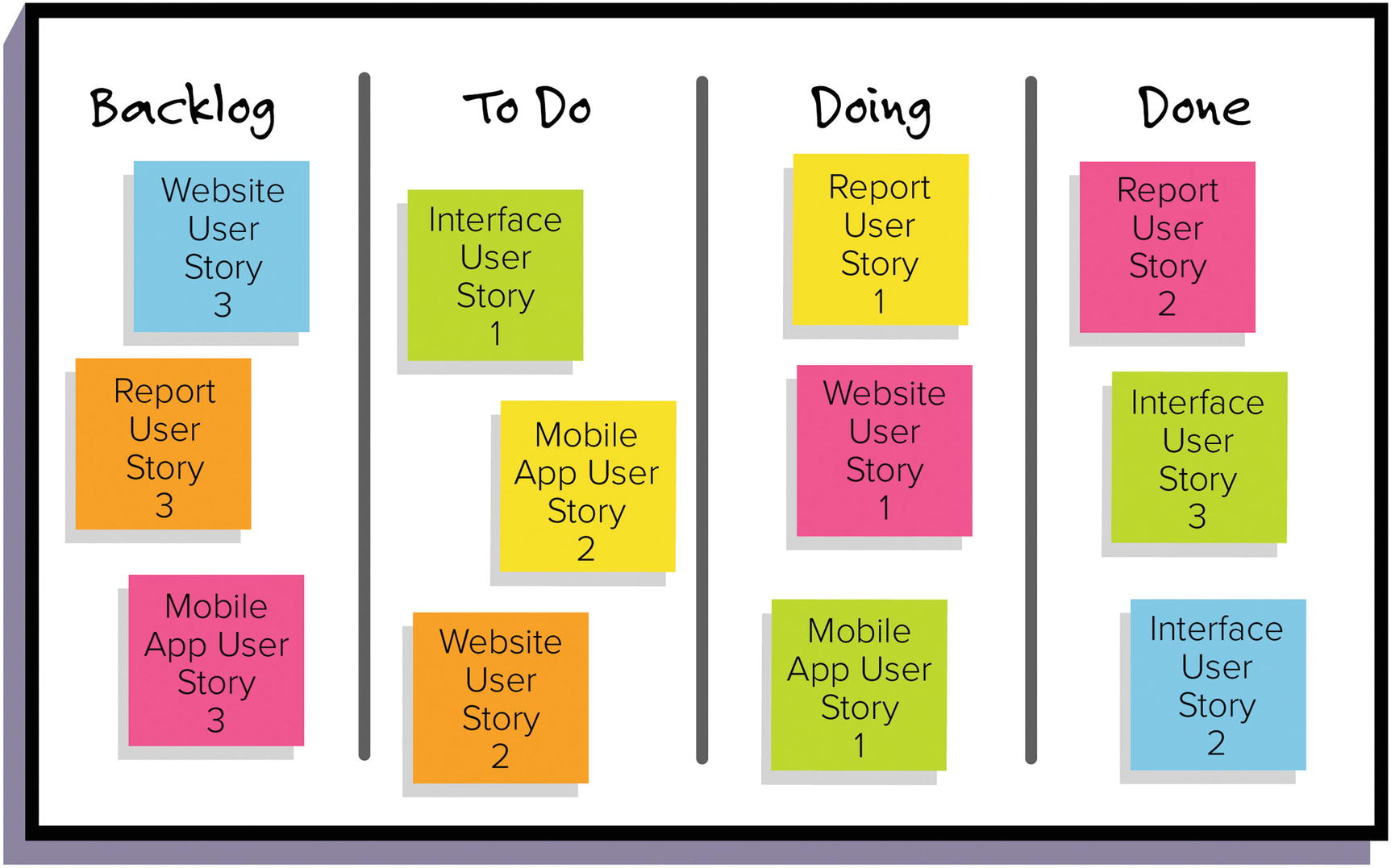Description
The product backlog is a prioritized list of everything that may be included in the product. It can include epics, stories, features, bugs (if the product is in production, or if there have been releases of the product in prior sprints), documentation changes, and any other tasks required by the product owner or agile team. The product owner owns the backlog and the priority of the items on it. The product owner may seek input from stakeholders, business representatives, and the agile team to help set the priority, but the owner is responsible. The backlog is maintained during the sprints through the backlog grooming ceremony.
Impediment Backlog
Use an impediment backlog to rapidly capture impediments raised during daily stand-ups, keep them visible to the team, and keep progress toward removing them transparent. An impediment is any item that is hindering the work of the team and reducing the likelihood of meeting a commitment.
Training Backlog
A training backlog is a prioritized list of training required for the product or organization.
Improvement Backlog
An improvement backlog is a prioritized list of improvements for the product or organization.
Enterprise Impediment Backlog
Enterprise impediment backlogs are used to prioritize and manage impediments that are barriers to sustained agile effectiveness and delivering increased value to customers.
Enterprise Cascading Backlogs
Enterprise cascading backlogs consist of multiple related backlogs associated with a particular program or organization. These backlogs are managed by a single product owner or product owner team. Managing multiple enterprise cascading backlogs requires a regular pattern and integrated set of practices on a hierarchy of backlogs that facilitates transparency and traceability.

Typical Roles
Agile Team
Scrum Master
Product Owner
Desired Behaviors
- 1.
Ensure that all backlogs are a set of prioritized features, both functional and nonfunctional, which are known to be needed, and are the single, authoritative sources of needs for the product or service.
- 2.
Ensure the backlog is owned by a product owner, and that they are responsible for prioritizing and managing it through the use of the backlog grooming ceremony.
- 3.
Keep the backlog as the foundation of an agile project regardless of the ceremonies and techniques being employed.
- 4.
Make the backlog available to all team members using visual information management techniques.
